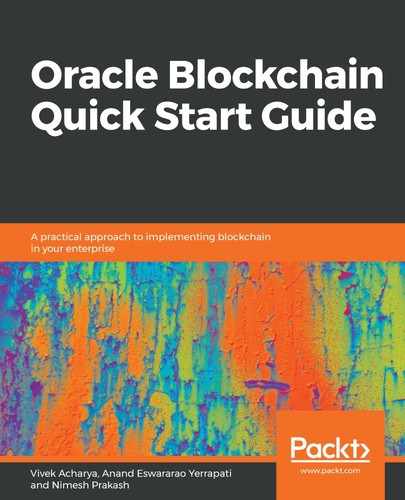Let's look at the nodes in Ethereum. Anyone and everyone can run an Ethereum node on their machine. This will enable their machine to participate on the Ethereum blockchain network. Nodes can run a client (compatible client), such as Geth, Parity, or Pantheon, to connect to Ethereum blockchain. Geth is written in Go, Parity is written in Rust, and Pantheon is written in Java. A node (node-running client), can be either a light node (client) or a full node (client). Light nodes store the cache, while full nodes (client) store the dataset, which grows linearly with time. Light nodes (clients) get high assurance from the Ethereum blockchain network about the state of the Ethereum, and they can participate to verify the execution of transactions. On the other hand, any node that participates in the full enforcement of consensus and downloads the entire blockchain to the node’s local storage is known as a full node (client). Full nodes verify signatures, format the data of the transactions and blocks, check double spending, and so on. They essentially validate the transactions and use a gossip protocol to relay this information to other nodes, called peers.
These Ethereum nodes (clients) run the Ethereum Virtual Machine (EVM). EVM is a Turing complete software; a stake-based virtual machine that enables untrusted code to be executed by a global P2P network of computers. EVM handles the internal state and computation. Ethereum blockchain is a Turing complete blockchain where developers can also develop programs (smart contracts) for the blockchain. EVMs are like JVMs, and they run on each node on the blockchain. EVMs are like transaction engines, which are responsible for changing the blockchain's world state. EVMs run as sandboxes and offer an execution environment for the smart contracts.
